Science, technology, ethics, and public policy
In the 21st century, the ongoing threat of nuclear proliferation and confrontation is joined by a new class of disruptive technology-driven global security challenges, which includes the cyber revolution, the development of digital artificial intelligence, the automation of warfare, the weaponization of biology, and anthropogenic climate change. It is critical for an informed citizenry and all levels of education to explore these challenges with an ethical sensibility, and we need to equip students and citizens with opportunities to address them in their personal and professional trajectories.
Freeman Dyson with the Institute’s Synaptic Scholars and Professor James Glaser, Dean of the School of Arts and Sciences
In 2010, when the eminent and controversial physicist Freeman Dyson was invited to Tufts by the Dean of Arts and Science, David Glaser, my Synaptics Scholars Program was honored with hosting him. I had chosen his quote below as a warning to my EPIIC colloquium students of that year, “Our Nuclear Age: Promise or Peril.”
“I have felt it myself, the glitter of nuclear weapons. It is irresistible if you come to them as a scientist. To feel it’s there in your hands, to release this energy that fuels the stars, to let it do your bidding. To perform these miracles, to lift a million tons of rock into the sky. It is something that gives people an illusion of illimitable power, and it is, in some ways, responsible for all our trouble—this, what you might call technical arrogance, that overcomes people when they see what they can do with their minds.”
Here is Dyson’s devastating analysis of Dresden’s infamous destruction, the true impact of strategic bombing, and Hiroshima. It was memorialized in Kurt Vonnegut’s classic, Slaughterhouse-Five. The intentional burning of cities, Hamburg, Tokyo, were integral policies of WWII strategy, powerfully revealed in Daniel Ellsberg’s The Doomsday Machine: Confessions of a Nuclear War Planner.
Ellsberg writes this of nuclear policy,
“As the British historian Edward P. Thompson summed it up somberly, this outcome would not (probably) mean the “extermination of all life.” It would “mean only the extermination of our civilization. A balance sheet of the last two millennia would be drawn, in every field of endeavor and of culture, and a minus sign be placed before each total.”
From 1961 on, I thought that decision – making by responsible authorities in the United States, and it’s NATO’s allies, as well as in the Soviet Union, in the same way that I thought of the Vietnam war eight years later: as something that needed to be resisted but that remained to be understood. As I studied over subsequent decades the history of the nuclear era, he learned “that the prospect of a threat to the existence of civilization and even our species – not only in the northern hemisphere – had been foreseen, in great secrecy, at the very onset of the Manhattan project.
Specifically, the possibility of thermonuclear weapons, a thousand times more powerful than the fission weapons (and ultimately cheaper and more numerous), loomed in the minds of the Manhattan Project scientists from the beginning. It was seen eventually by some of them as a challenging and exciting prospect, both inevitable and desirable; by others, in ,anguish, as a danger the urgently desired (but failed) to prevent.
However, at the very same time – in fact, on the same afternoon in July 1942 – that the top theoretical minds of the Manhattan Project were introduced to the prospect of H- bombs as a result of their efforts, they were exposed to the possibility of a much less likely but more imminent and almost unimaginably more serious threat to all life on the planet. Secretly, they accepted that risk.”
They were referring to atmospheric ignition, which hopefully has been disproved. Regardless, these strategic rationales, moral considerations, and ethical warnings remain critical for educators and citizens to explore.
The complexity of the tragic career of the Nobel Prize-winning chemist, Fritz Haber is instructive. He is responsible for the development of modern fertilizers that have nourished billions of people, but on the other he endorsed the weaponization of his chemical breakthroughs for the German war effort in the First World War, infamously declaring, “During peacetime a scientist belongs to the world, but during war time he belongs to his country.” His work yielded mustard and chlorine gas, and only a few decades later derivatively, the Zyklon gas used in the Nazi extermination camps.
Concern over the moral consequences of the abuse of scientific discovery must extend to the world of policy and strategy. One need only to examine the horrifying compromising decision, made in the name of U.S. national security, that brought us the devastating rationale for Operation Paperclip in the immediate aftermath of WWII, with the US overtly embracing Nazi scientists and the results of their biological and chemical experiments on prisoners and concentration camp inmates, and the likewise horrific work of their Axis-allied Japanese counterparts of Unit 731, the ironically named the Epidemic Prevention and Water Purification Department of the Kwantung Army. It is imperative that efforts at education expose, and into the future nullify such outcomes. Recent works such as Stephen Kinzer’s Poisoner in Chief: Sidney Gottlieb and the CIA Search for Mind Control that document these atrocities and their embrace are compelling.
There is a new frontier that we are obliged to confront - Artificial Intelligence impact on many areas. Ian Bremmer in The Power of Crisis has warned about the power of disruptive technologies. The “outlaw” risks of disruptive technology, autonomous weapons, cyberwar, the catastrophic risks of AI/machine learning, and quantum computing put to nefarious uses. My allies in this are my Convisero mentors including Wendell Wallach is the co-director of Artifical Intelligence & Equality Initiative, Juan Enriquez, and David Guston.
Right Wrong
I had both deliver lectures to my SaiU Indian students - Link their posters on SaiU and ran webinars for Trebuchet: Breaking Down Barriers:

